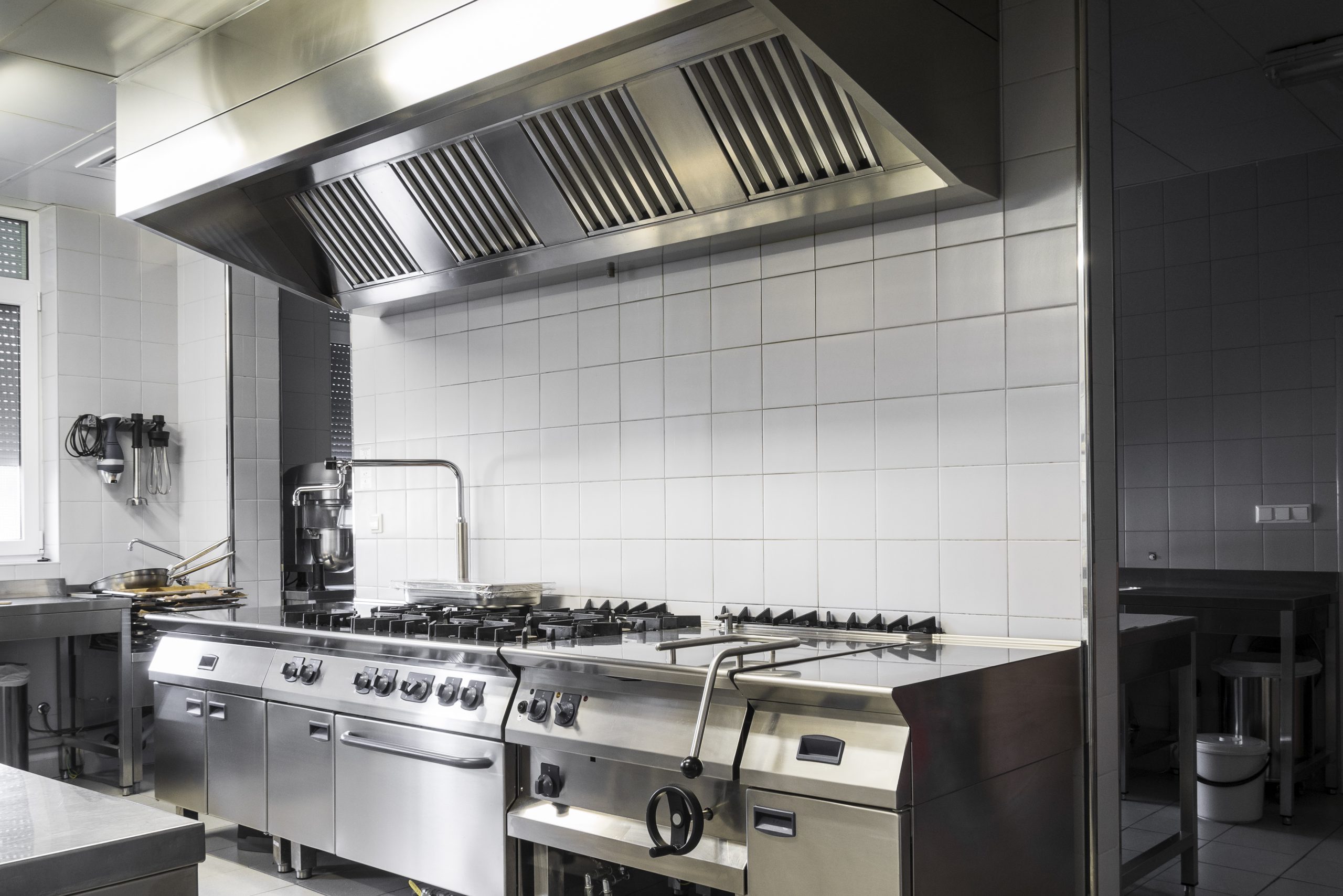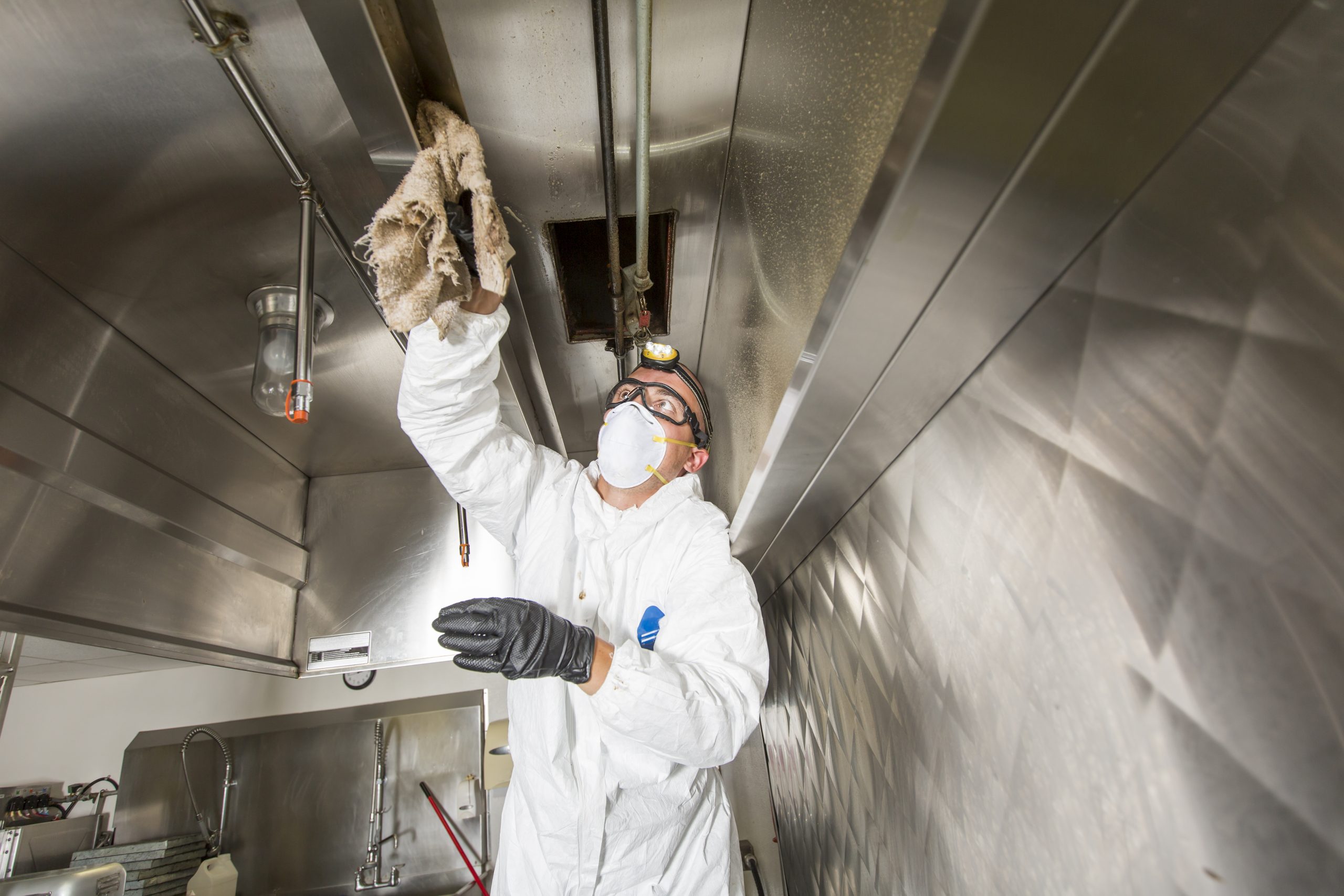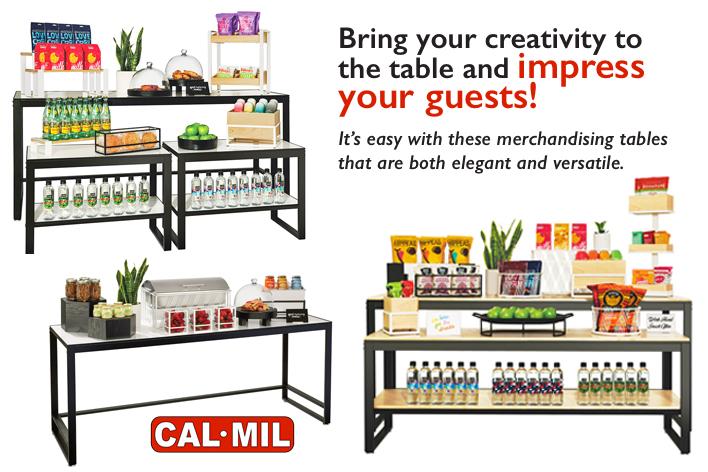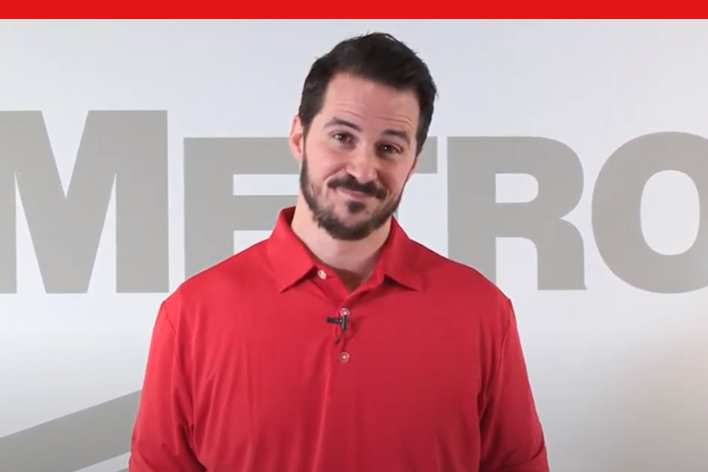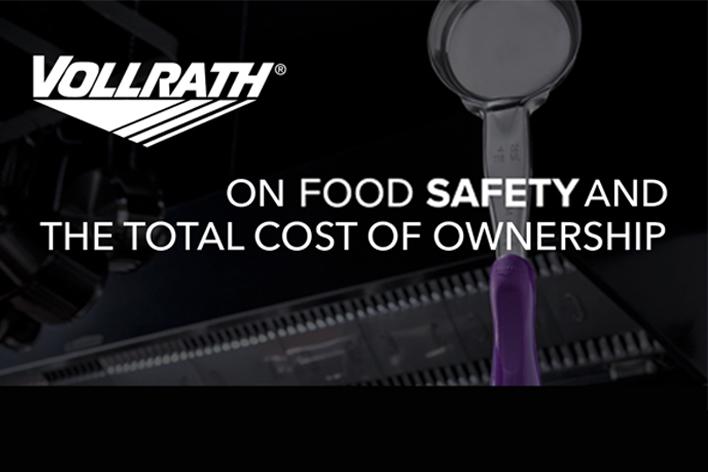By: Kim Lorang
All across the United States, restaurant operators are scrambling to re-open their venues and get their staff back to work after the COVID-19 pandemic has left them closed for months.
Re-opening a commercial kitchen, after being out of service for months, is a huge undertaking- one that even the most seasoned veteran operators have never faced before.
While operators are faced with an overwhelming amount of decisions and tasks to get their venues up and running, including how to implement new social distancing policies in ways that will allow them to remain profitable, let's focus specifically on how to best get the back of house fully operational.
Re-Opening a Commercial Kitchen is so much more than firing up the equipment and getting back to work.
First, a few reminders from the Center for Disease Control (CDC) about COVID-19 and reducing the risk of exposure:
- Coronaviruses on surfaces and objects naturally die within hours to days. Warmer temperatures and exposure to sunlight will reduce the time the virus survives on surfaces and objects.
- Routine cleaning with soap and water removes germs and dirt from surfaces. It lowers the risk of spreading COVID-19.
- EPA-approved disinfectants are an important part of reducing the risk of exposure to COVID-19. If disinfectants on this list are in short supply, alternative disinfectants can be used (for example, 1/3 cup of bleach added to 1 gallon of water, or 70% alcohol solutions). Bleach solutions will be effective for disinfection up to 24 hours.
- Store and use disinfectants in a responsible and appropriate manner according to the label. Do not mix bleach or other cleaning and disinfection products together–this can cause fumes that may be very dangerous to breathe in. Keep all disinfectants out of the reach of children.
- Do not overuse or stockpile disinfectants or other supplies. This can result in shortages of appropriate products for others to use in critical situations.
- When you are cleaning and disinfecting, always wear gloves appropriate for the chemicals being used. Additional personal protective equipment (PPE) may be needed based on setting and product. For more information, see CDC’s website on Cleaning and Disinfection for Community Facilities.
- Practice social distancing, wear facial coverings, and follow proper prevention hygiene, such as washing your hands frequently and using alcohol-based (at least 60% alcohol) hand sanitizer when soap and water are not available.
As you begin prepping to re-open your commercial kitchen, one of the most important things to remember is to have patience.
Your equipment may need a little extra TLC in order to start, and service companies are likely understaffed and overwhelmed with service calls as operators run into issues with their equipment. Keep in mind that wait times may be long, both for technical support over the phone and for appointments.
Along these lines, if you're tempted to replace some equipment with used equipment, consider what issues you may run into during a time when you may need to wait longer than usual for a service appointment. If you purchase equipment from a restaurant that permanently closed due to COVID-19, it is important to remember you have no idea if that equipment was turned off properly. If there are any issues, not only can they cost you quite a bit to fix, but you may be waiting longer than usual to have it serviced, potentially leaving you without that piece of equipment when you re-open.
Due to COVID-19, you may be able to find special deals and secure special financing, making it easier and more affordable to purchase new equipment that you know you'll be able to count on.
Let's dive into how to best prepare your equipment for regular use!
- Give your entire kitchen a good deep cleaning. Disinfect all surfaces and clean the insides of equipment, underneath them, and behind them! Aim to get your kitchen looking the way it looked the first day you opened. This is a great time to start fresh!
- Consider bringing in some outside assistance. Have your ducts cleaned, the fire system inspected, and your hood's fans and controls inspected. Because your hood has been sitting idle for an extended period of time, belts may have become brittle which would make them susceptible to snapping. Service your rooftop units as the coils, blowers, and other internal parts may need to be cleaned. The more you do to clean your equipment well, the less likely you are to run into issues when you try to start a machine!
- Ensure your hood is working properly before you turn on any other equipment. Once the unit has been cleaned, you can do a smoke test to make sure the hood is indeed working. If the smoke goes up into the hood, you're good to go! If it does not, it's time for a service call.
- Clean your refrigeration units. Clean the condensers (directions should be in your owner's manual, or you can look for a video online). Clean out the interior of the fridge, and if any smells linger, leave the doors open to let it air out. Once smells are gone and the unit has been cleaned, turn the unit on. If it does not come to temperature within two hours, try to adjust the temperature control to see if it reacts. If it does not, call the service department. Moving forward, you should be cleaning the condenser on each unit once per month.
- Clean and re-light the pilot lights on your ranges and convection ovens. After you've ensured your hood is working properly, you can safely turn on your gas line and re-light your pilot lights. Keep in mind there may be air bubbles in the gas lines, so it may take up to two minutes to manually light a pilot light. For convection ovens, they may try to light a few times before the system determines it is unable to light and shuts down. If this happens, turn the machine off and on to allow it to cycle again. If after two restarts it is still not cycling on, and your range is working properly (this tells you that there isn't an issue with the gas line), make a service call.
- Let the water run through all of your faucets to get things flowing and flush out the system.
- Clean and run your ice machine. Replacing the water filter should be the first thing you do. Once that is done, open the ice maker. Disassemble all removable components and wash/sanitize to remove any mold, mildew, and algae. Clean and sanitize the storage bin or dispenser along with all ice scoops, ice buckets, and transport equipment. Then, restore all components before turning the water on. Start the machine up and run two or three batches of ice and discard the ice. Run the machine through any manufacturer recommended cleaning and sanitizing procedures before starting normal ice production. Allow the machine to run for up to 24 hours prior to re-opening.
After you've gotten your back of house in working order, there are a few things you should do to ensure your supplies are ready to go!
- It is recommended that you replace all pourers, as most are not dishwasher safe and after sitting out for months, they are no longer clean/sanitized. Best to start fresh with these items.
- Run all of your kitchen tools that were left out through the dishwasher.
- Consider investing in some sanitizing tablets to soak bar supplies in when you're operational to ensure proper sanitation.
Remember to exercise an abundance of patience with your equipment, and the people you may need to help you get each machine operational!

For more resources on re-opening a commercial kitchen, check out these articles:
Cleaning and Sanitizing Your Foodservice Operation
Social Distancing Solutions for Foodservice Operations
In Pictures: What Dining Out Post-Lockdown Looks Like
Reopening Guidance: A Guide for the Restaurant Industry from the National Restaurant Association
FMP - Restaurant Reopening Checklist
FDA Foodservice Re-Opening Best Practices
Techonomic's Post Pandemic Playbook
Techonomic's Takes on COVID-19 in the Foodservice Industry
Thank you to the following suppliers that helped with this article:
Federal Industries, Spill-Stop, Vollrath, Krown Metal Corporation, American Metalcraft, Ice-O-Matic, Champion Industries, Krowne, Vollrath, American Metalcraft, and Captive-Aire.

